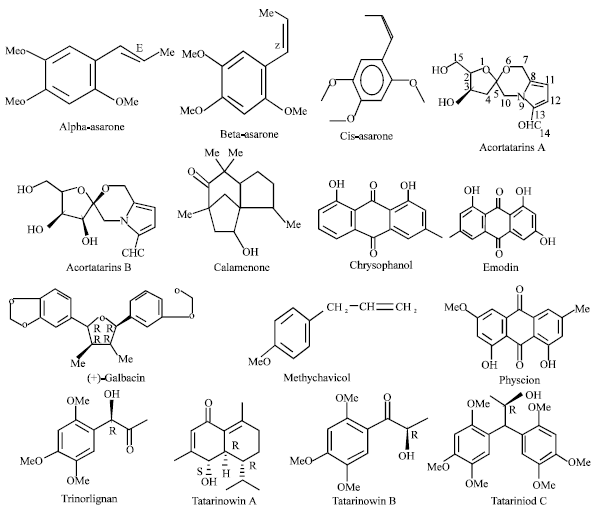Mini Review
An Update on Chemical Composition and Bioactivities of Acorus Species
Amity Institute of Biotechnology, Amity University Uttar Pradesh, Sector-125, Noida-201 303 (UP), India
LiveDNA: 91.1338
Ashwani Kumar Srivastava
Amity Institute of Biotechnology, Amity University Uttar Pradesh, Sector-125, Noida-201 303 (UP), India









